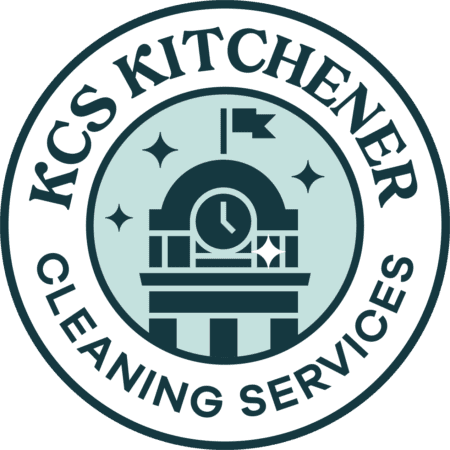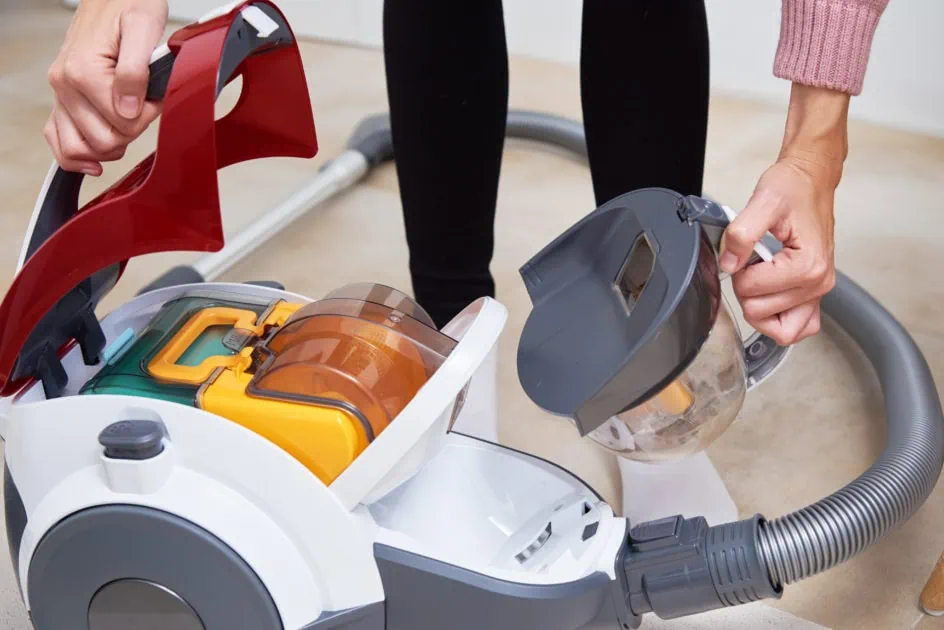Are you tired of dealing with the frustration of a clogged vacuum cleaner? It’s a common problem that can drastically reduce the efficiency of your cleaning routine, leaving your floors less than spotless. Vacuum clogs occur when debris, hair, or small objects get stuck in the machine’s hose, filter, or other components, leading to reduced suction power or even a complete halt in operation.
But fear not! With a few simple preventative measures, you can keep your vacuum running smoothly and extend its lifespan. This article will guide you through understanding what causes vacuum clogs, how to avoid them, and what steps to take if your vacuum does become clogged.
By following these quick tips, you’ll ensure your vacuum cleaner remains a reliable ally in your quest for a clean and tidy home. Let’s dive into the world of vacuum maintenance and make clogged vacuums a thing of the past!
What are Vacuum Clogs?
Vacuum clogs are a common issue encountered by users of vacuum cleaners, referring to blockages that significantly hinder the machine’s performance. These blockages can make the vacuum less efficient or completely inoperative. They typically result from the accumulation of debris, such as hair, dust, or small objects, within the vacuum’s hose, filter, or other components.
Identifying and addressing vacuum clogs is crucial for maintaining the optimal functionality of the device. Regular maintenance and timely intervention can prevent these blockages, ensuring the vacuum cleaner operates effectively for a longer period. Understanding the causes and solutions for vacuum clogs is essential for anyone looking to keep their cleaning equipment in top condition, thereby enhancing the overall cleaning experience.
How Can Vacuum Clogs Be Prevented?
Preventing vacuum clogs is crucial for maintaining your vacuum’s efficiency and longevity. Regularly emptying the vacuum bag or canister ensures that debris does not back up into the machine, a simple yet effective step. Cleaning the vacuum’s filter after every 3-4 uses prevents the accumulation of dust and particles that can lead to blockages, maintaining the vacuum’s suction power.
It’s also important to avoid vacuuming coins, small toys, and large debris, as these items can easily cause clogs, potentially damaging the vacuum. For homes with non-carpeted areas, using the hard floor setting reduces the risk of sucking up objects that could lead to clogs. By following these simple steps, you can significantly reduce the likelihood of vacuum clogs and maintain optimal cleaning performance.
Regularly Empty the Vacuum Bag or Canister
Emptying the vacuum bag or canister after each use is essential. This action prevents debris from accumulating and causing clogs, ensuring that your vacuum maintains optimal suction power and efficiency.
Clean the Vacuum’s Filter After 3-4 Uses
It’s crucial to clean the vacuum’s filter every 3-4 uses. This step removes dust and particles that can lead to blockages, preserving the vacuum’s performance and extending its lifespan.
Avoid Vacuuming Coins, Small Toys, and Large Debris
To protect your vacuum, avoid vacuuming coins, small toys, and large debris. These items can easily block the vacuum’s pathways, leading to decreased functionality or even damage.
Use the Hard Floor Setting for Non-Carpeted Areas
For non-carpeted surfaces, using the hard floor setting minimizes the risk of sucking up objects that could cause clogs. This setting adjusts the vacuum’s suction and brush roll, making it safer for hard surfaces and reducing the likelihood of blockages.
What should you do if your vacuum becomes clogged?
If your vacuum becomes clogged, the first step is to turn off and unplug the device to ensure safety. Next, check the hose for any visible obstructions like socks or paper that can be easily removed. The vacuum’s brush roll should also be inspected and cleaned, as tangled hair and debris are common culprits of clogs.
For more specific guidance, consult the vacuum’s manual for model-specific advice on addressing clogs. These steps can help restore your vacuum’s functionality and prevent damage to the machine.
Turn Off and Unplug the Vacuum First
Safety First: Always turn off and unplug your vacuum before attempting to fix a clog. This critical step prevents any accidental starts while you’re working on the machine, ensuring your safety.
Check the Hose for Obstructions Like Socks or Paper
Inspect the vacuum’s hose for any obstructions. Common items like socks or paper can often be easily removed, quickly solving the clog issue.
Inspect and Clean the Vacuum’s Brush Roll
Tangled hair and debris can severely impact the vacuum’s brush roll. Carefully inspect and clean it to ensure your vacuum operates at its best efficiency.
Consult the Vacuum’s Manual for Model-Specific Advice
For clogs that aren’t easily resolved, consult your vacuum’s manual. It may offer model-specific advice and troubleshooting steps to effectively address the issue, tailored to your vacuum’s design.
Why is Preventing Vacuum Clogs Important?
Preventing vacuum clogs is crucial for maintaining optimal suction power, which is essential for efficient cleaning. By avoiding clogs, you also extend the life of the vacuum, as it prevents undue stress on the motor and other critical components. Furthermore, steering clear of clogs reduces the need for costly repairs, saving both time and money.
If you need professional cleaning services to keep dust and debris under control, KCS Kitchener Cleaning Services is here to help!
Ensuring your vacuum remains clear of obstructions guarantees it performs at its best, contributing to a cleaner and healthier home environment.
Maintains Optimal Suction Power
Preventing clogs ensures the vacuum maintains its optimal suction power, crucial for efficient and effective cleaning. This allows for thorough dust and debris removal with every use.
Extends the Life of the Vacuum
Regular maintenance, including clog prevention, significantly extends the vacuum’s lifespan. Keeping the motor and other vital components from being overburdened ensures the vacuum remains operational for years to come.
Reduces the Need for Costly Repairs
By diligently avoiding clogs, you greatly reduce the risk of incurring costly repairs. This proactive approach saves not only money but also time, ensuring your vacuum remains in top working condition without unnecessary interruptions.
How Often Should Vacuum Maintenance Be Performed?
Vacuum maintenance is key to ensuring your machine continues to operate at its best. Emptying the bag or canister after each use is essential for preventing clogs and maintaining optimal suction power. The filter should be cleaned monthly, or according to the manufacturer’s recommendations, to remove dust and debris that can impede performance.
Additionally, the brush roll requires a bi-weekly inspection and cleaning to eliminate hair and other obstructions that can affect the vacuum’s efficiency. Following these maintenance routines not only extends the life of your vacuum but also enhances its cleaning effectiveness and reduces the need for costly repairs.
Empty the Bag or Canister After Each Use
Empty the bag or canister after each use to prevent clogs and maintain the vacuum’s optimal suction power. This routine step is crucial for the vacuum’s efficiency and effectiveness.
Clean the Filter Monthly or as Recommended
It’s essential to clean the filter monthly, or as specified by the vacuum’s manufacturer, to ensure the removal of accumulated dust and debris. This maintenance is key to preserving the vacuum’s performance and extending its lifespan.
Check and Clean the Brush Roll Bi-Weekly
Performing bi-weekly checks and cleanings of the brush roll is necessary to eliminate hair and other obstructions. This care helps prevent damage and guarantees that the vacuum cleans surfaces effectively.


